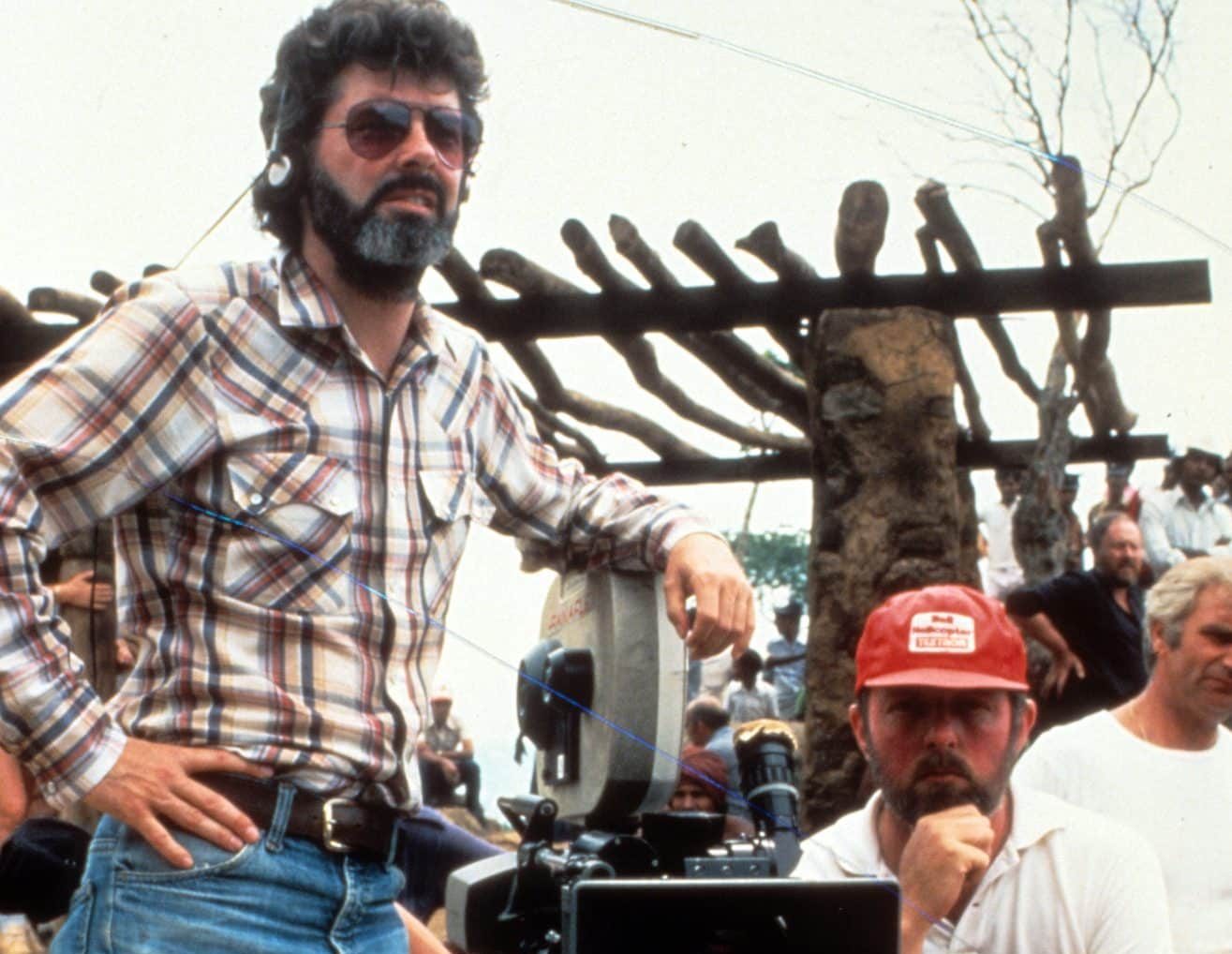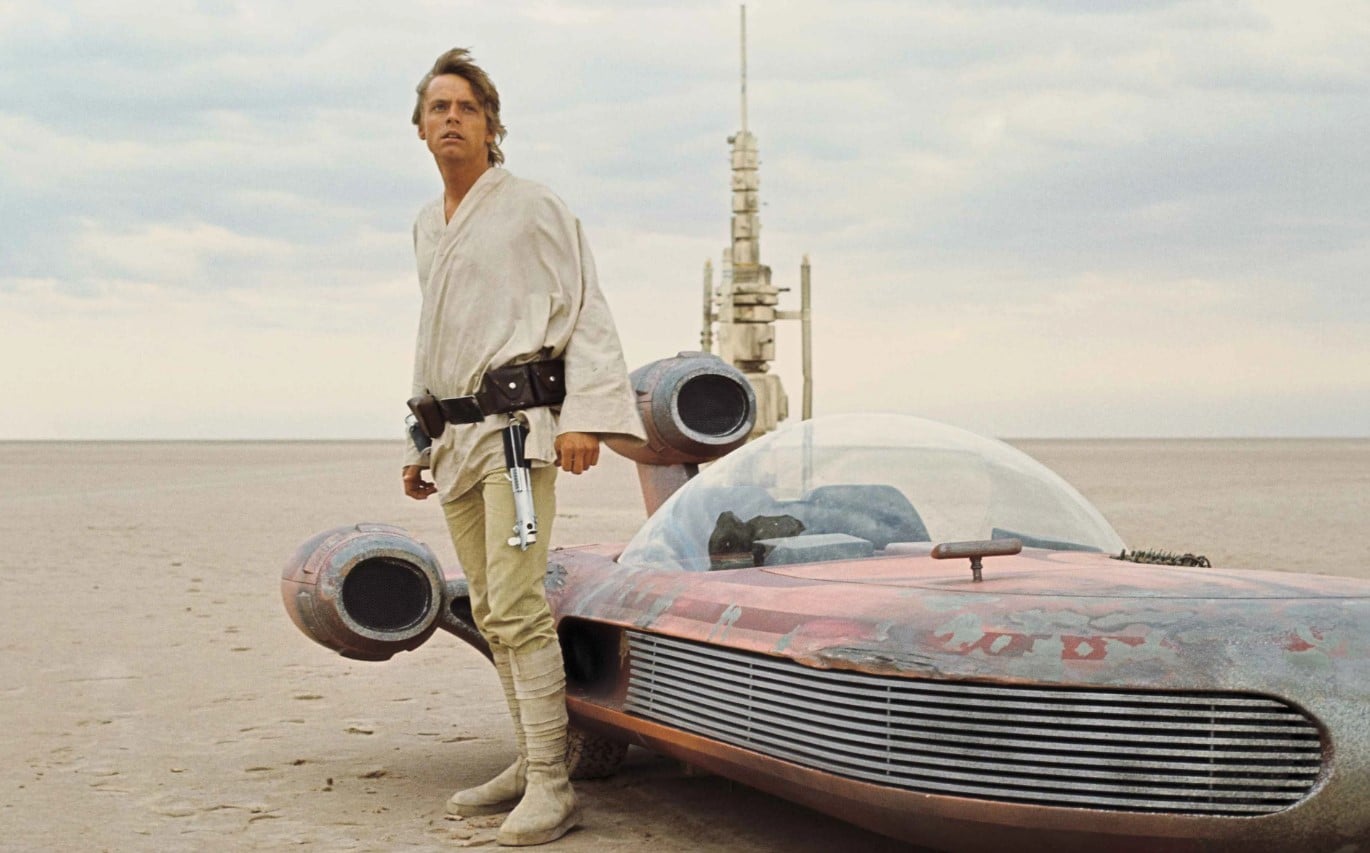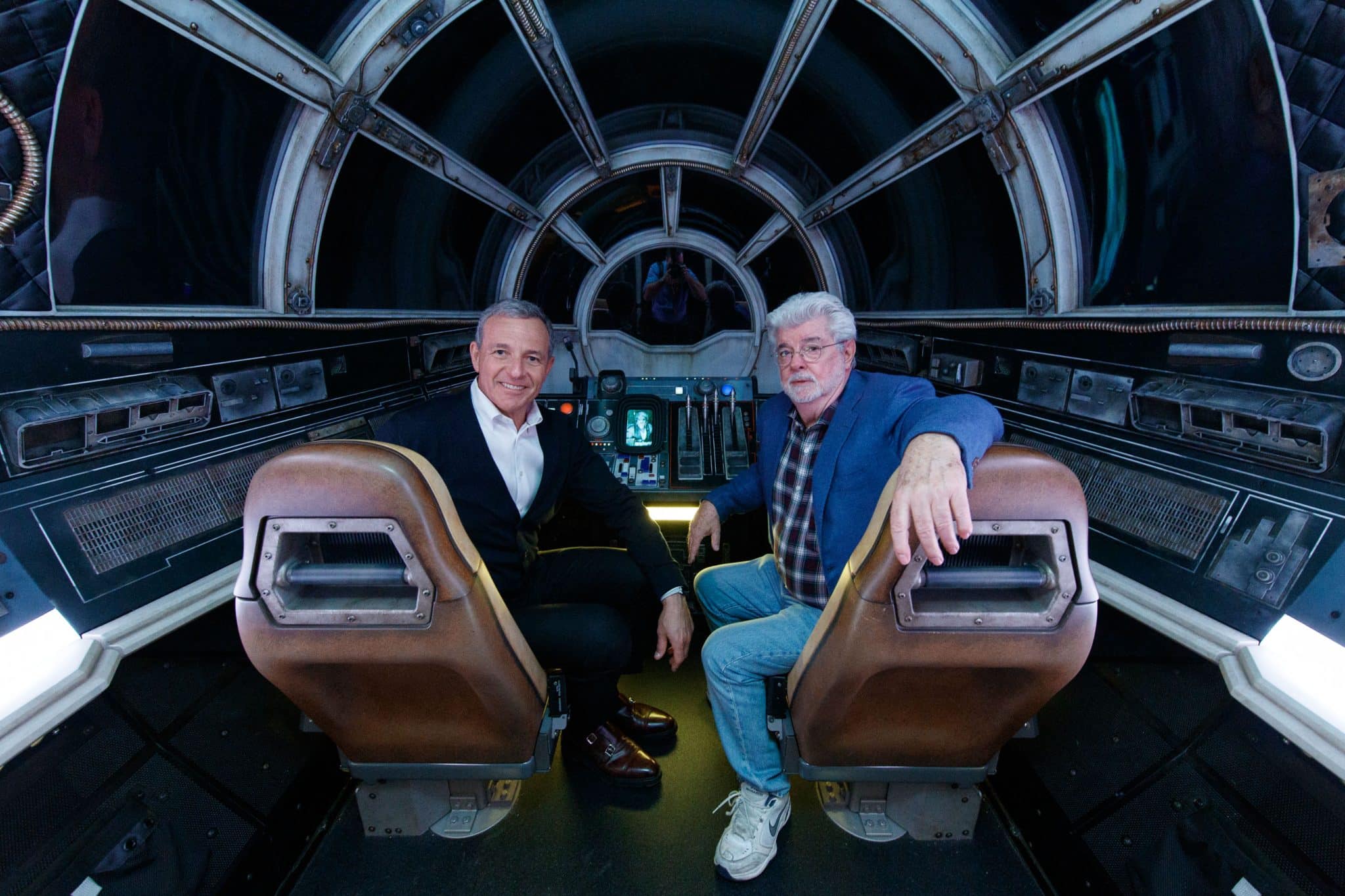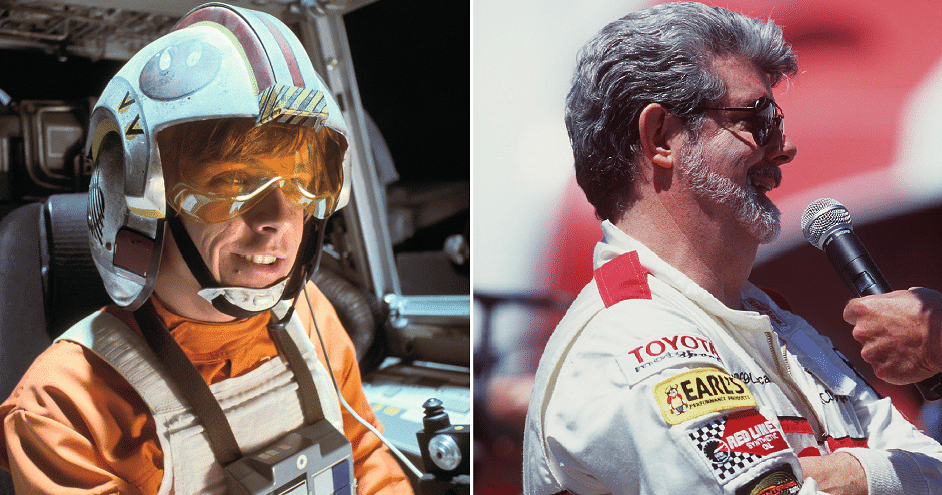As a teenager, George Lucas had little interest in films or television – his one dream was to become a racing car driver. But a terrible accident in 1962 would change the course of his life forever.
A high school student at the time, Lucas was driving near his home when he crashed into a classmate. With internal bleeding and a gash on his forehead, he had a revelation about life during his months of recuperation, and decided to set his future on a new course.

Born on May 14, 1944 and raised in Modesto, California, George Lucas was the son of a stationery shop owner. He never excelled at academia, and once he reached Thomas Downey High School in his late teens, he was, in his own words, a “terrible student” and “consummate underachiever”.
The young Lucas had one all-consuming passion: racing cars. Underground circuits and garages became his favourite haunts. “My teen years… were completely devoted to cars, and that was the most important thing in my life from about the ages of 14 to 20,” he has recalled.
He entered autocross races under a fake ID while underage, and he later begged his parents for a car. Eventually Lucas became the proud owner of a yellow Autobianchi, which he modified to travel as fast as possible on a twocylinder engine. He announced to his parents that he would someday work with cars – in defiance of his father’s wishes that he would join the family’s stationery business.

On the swelteringly hot afternoon of June 12, 1962, Lucas was cramming to complete his high school studies, with graduation just three days away. At 4.30pm, he began his drive home from the library in his prized vehicle.
As he turned into his own road, he collided with another vehicle: a Chevy Impala, driven by his 17-year-old schoolmate Frank Ferreira. In the crash, Ferreira fortunately escaped unharmed, but Lucas’ car flipped over and crashed into a nearby walnut tree.
Miraculously, Lucas’ self-installed racing seatbelt snapped and he flew out of the vehicle before it hit the tree – an accident that most likely saved his life. He was knocked unconscious when he hit the ground, and he suffered from bruised lungs, minor fractures and a head wound.

A neighbour called an ambulance and Lucas was whisked away for treatment at Modesto City Hospital. On the journey, he turned blue and started vomiting blood. News of the crash soon reached his schoolmates, with rumours swirling that he had died, and the incident even featured on the cover of a local newspaper.
Lucas’ first question when he regained consciousness in hospital was to his parents: “Mom, did I do something wrong?” Soon afterwards, he found himself with a high school diploma that he never expected to get.
“All the teachers that were going to flunk me gave me a D,” he has remembered, “so I managed to get my diploma by virtue of the fact that everybody thought I was going to be dead in three weeks anyway.” He would spend four months recuperating.

Armed with his high school qualification and a new sense of his own mortality, Lucas began to question his life choices. “Before the accident, I never used to think,” he has said. “When you go through something like that, it puts a little more perspective on things, like maybe you were here for a reason.”
At the age of 19, he and his best friend John Plummer started visiting San Francisco to attend Canyon Cinema screenings. They also made frequent trips to New Art Cinema in Santa Monica. Thanks to these screenings, Lucas became interested in experimental filmmaking and photography.
He made one of his first filmmaking contacts at an autocross track. The cinematographer Haskell Wexler took an interest in Lucas, who was photographing the cars: “I sensed a guy who had a burning desire to explore unique visual graphics, filmic things.”

The crash deterred Lucas from becoming a racing car driver, but the racing spirit never left him or his imagination. A decade later, after attending the University of Southern California, forming a film production company with Francis Ford Coppola and making his breakthrough 1973 feature film American Graffiti, Lucas thought back to his racing days for inspiration.
The Central Valley deserts where Lucas once raced became the inspiration for the planet of Tatooine, and the filmmaker started to imagine a young man, talented at driving, but stuck in a rut and dreaming of greater adventures. This, of course, became Luke Skywalker.
Rather than driving a car, Skywalker of course became a skilled pilot – but the landspeeder which Luke uses to traverse the desert terrain of Tatooine bears more than a passing resemblance to a race car.

Many of Lucas’ characters reinvent themselves in the wake of tragedy or disaster, but Luke Skywalker in particular appears to be inspired by Lucas’ revelations as a teenager.
The main theme of the Star Wars movies echoes Lucas’ own transformation, as well as the idea that bravery doesn’t lie solely in physical challenges, but in choices and mindset too. As Lucas himself has summarized: “How do you personally get to the point where you wake up out of your stupor and take charge of your life and do dangerous and scary things?”
While Lucas may have long since left his automotive dreams behind him, he clearly never lost his love for the motorsport. Perhaps the clearest demonstration of the director’s love for racing is the central pod racing sequence of 1999’s Star Wars Episode I: The Phantom Menace.

